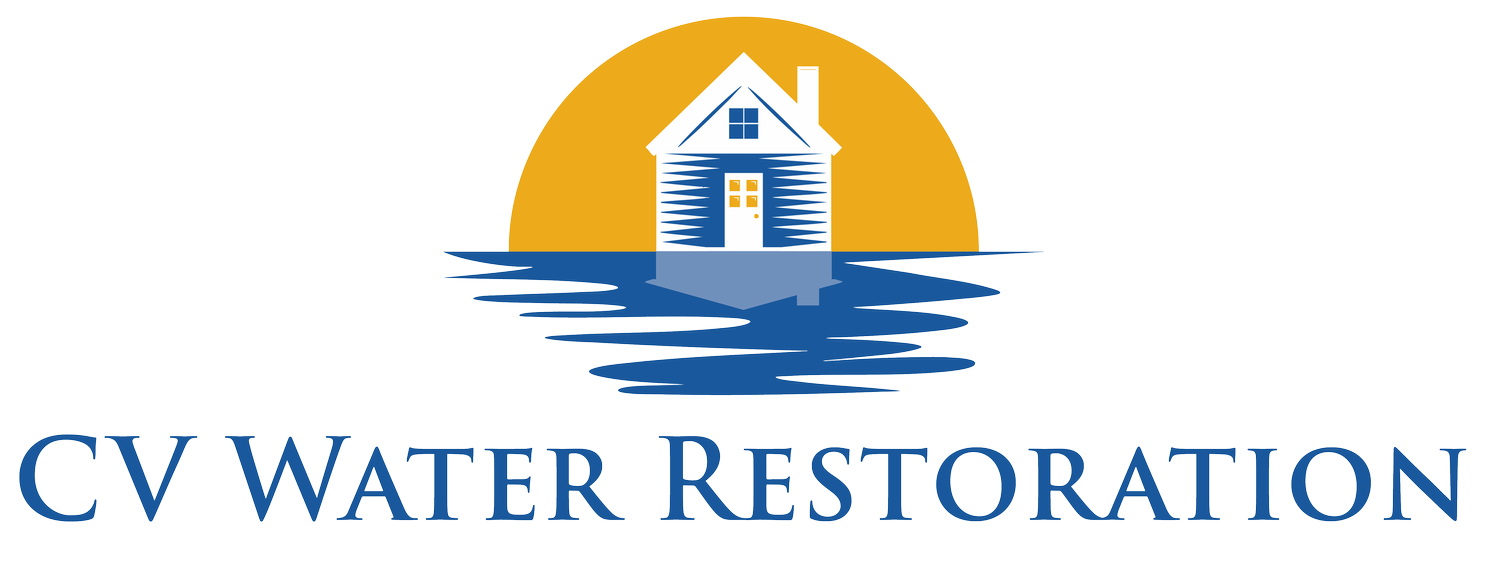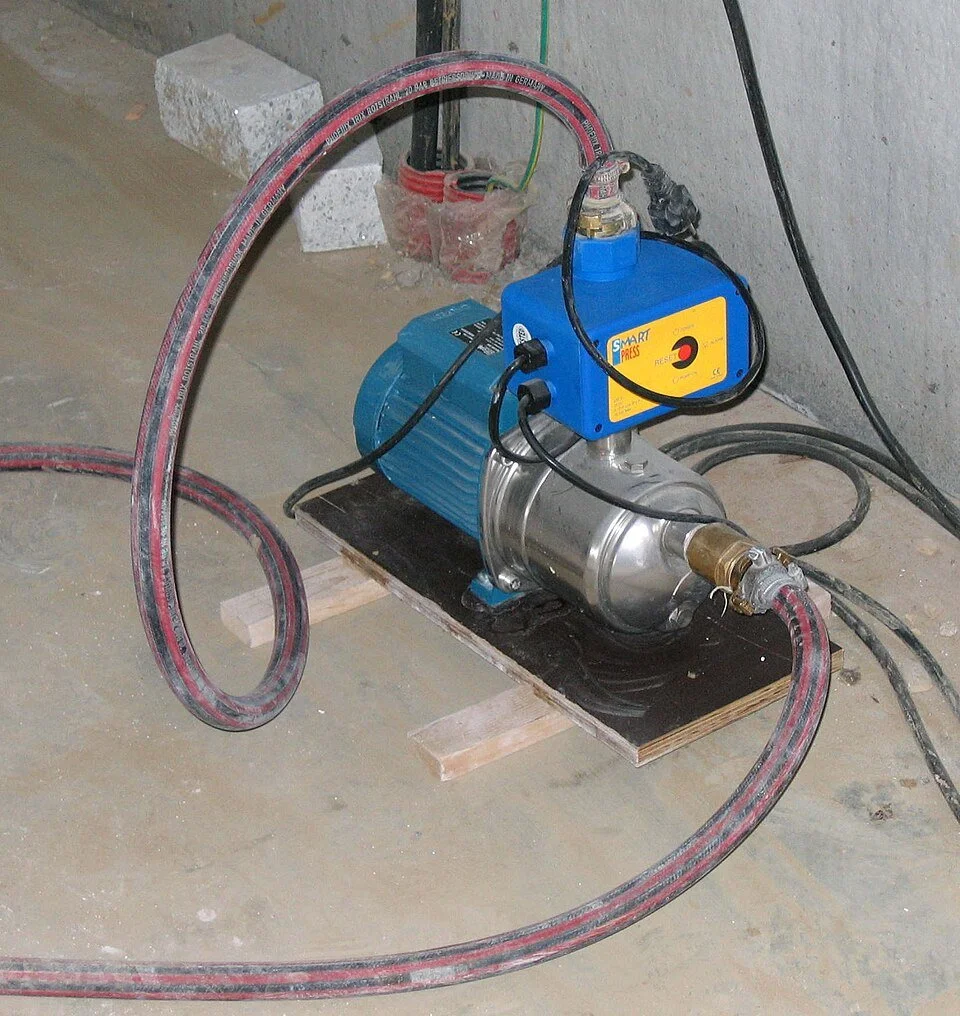Water Mitigation
The process of water mitigation is a very important step when it comes to water damage. It is the immediate response when water damage begins. Quick water mitigation reduces damage and increases safety. The process of water mitigation can be broken down in the following steps:
Initial Assessment: The first step is to inspect the area that has been impacted and determine how badly the area is damaged. From there the appropriate mitigation actions are determined.
Water Extraction: The next part is to remove the water through extraction. Special equipment is used to do this. The water extraction reduces further damage and allows for the drying process to begin.
Drying and Dehumidifying: After the water is extracted, industrial-grade equipment such as dehumidifiers and air movers are used to completely dry the affected areas. This prevents structural damage and mold growth.
Cleaning and Sanitizing: Utilizing antimicrobial treatments, the affected areas are cleaned to make sure it is safe and healthy.
Monitoring: Throughout the process monitoring of the moisture levels is done to make sure the area is completely dry and that further issues won't arise.
The proactive approach to water mitigation reduces the impact of the damage and allows for the restoration process to begin. Water mitigation addresses the most immediate threats, which prevents further damage. It also helps to protect your property and overall health.
The Water Damage Mitigation Process
Nobody wants to deal with water damage and it can be a very devastating experience. Utilizing the right tools for water mitigation can significantly reduce the damage that is done. CV Water restoration has a thorough process for water mitigation. This is done through several important steps that allow for effective damage control.
Stopping the water flow
Extracting sitting water
Drying and dehumidifying location

Stopping the Water Flow & Determine Mitigation Plan
The most important first step in mitigating water damage is to stop the water at the source. The team at CV Water Restoration will identify where the water is coming from and work to stop the water from entering to prevent further damage. This could be things such as turning off a faucet, or appliance or turning off the main water source to the property.
If the water problem is weather-related, the water flow might have stopped by the time we get there. If it hasn't we will determine appropriate measures to stop or reduce the water flow. Our number one priority is to immediately stop the water flow and start mitigating further damage.
Clean Water
Clean water comes from sources such as broken water lines, faucets, overflowing tubs, etc. It poses no significant threat to safety and health.
Low RiskGray Water
Gray water has some sort of contamination and could cause illness or discomfort. This type of contamination comes from sources such as dishwashers, washing machines, toilets with some urine but no feces, etc.
Moderate RiskBlack Water
This type of water is very contaminated and can cause severe illness or even death when ingested. Examples of this type of water are sewage backups, flooding from rivers and streams, and water that has been sitting for an extended time.
High RiskExtracting Water
When the water is stopped and has been properly categorized, the team will start the process.This is done using advanced equipment. This includes things like submersible pumps and industrial extraction equipment. This removes and standing water and is extremely important to prevent further damage and reduce the chances of mold growth.
Submersible Pumps
Submersible pumps are electric pumps designed to operate completely underwater, with the motor sealed in a waterproof housing. They push water upward rather than pulling it, making them highly efficient for deep wells, drainage, and sewage applications. Common in residential water wells and industrial dewatering, they're valued for their reliability and quiet operation.
Centrifugal Pumps
Centrifugal pumps are the most widely used industrial water extraction equipment, utilizing rotating impellers to create centrifugal force that moves water outward. They're efficient for clean water applications, offering high flow rates and relatively low maintenance. Their versatility makes them ideal for everything from building services to large-scale industrial processes.
Turbine Pumps
Turbine pumps feature multiple impeller stages that create high pressure, making them ideal for deep wells and municipal water systems. They can lift water from significant depths while maintaining consistent pressure. Their robust construction handles demanding applications like irrigation systems, high-rise building water supply, and industrial processes requiring substantial head pressure.
Drying & Dehumidifying
Once the water is extracted, the next effort focuses on drying and dehumidifying the area that was affected. This is done through air movers and dehumidifiers, which ensures things such as walls, floors, and other structures are completely dried. This helps reduce the chance of structural damage along with the growth of mold and mildew. This helps prevent the chance of long-term health issues and further damage to the property.
When we are doing water extraction and drying, we proactively monitor the levels of moisture and make sure it is done to completion. CV Water Restoration's team records all steps taken for documentation that can be used for insurance purposes and referred to in the future.
It is important to choose a reliable water mitigation company such as CV Water Restoration. We ensure your property is in safe hands and take a comprehensive approach. We use advanced technology coupled with experienced professionals, which leads to effective mitigation and restoration. Don't let water damage disrupt your life, reach out to us now for expert water damage mitigation solutions.
Resources
Frequently Asked Questions
-
To prevent future water damage, consider the following tips:
Regular Maintenance: Inspect and maintain plumbing, appliances, and roofing to prevent leaks.
Install Water Alarms: Use water sensors and alarms in high-risk areas to detect leaks early.
Seal and Insulate: Ensure that your home is well-sealed and insulated to prevent water intrusion.
Grade Your Yard: Make sure your yard slopes away from your home to prevent water from pooling around the foundation.
-
Whether you need to leave your home depends on the severity of the damage and the areas affected. In cases of extensive damage or if the water is contaminated (Category 2 or 3), it may be safer to stay elsewhere during the mitigation process. Your water mitigation company will advise you based on their assessment of the situation.
-
Yes, effective water mitigation can significantly reduce the risk of mold growth. By promptly removing standing water and thoroughly drying the affected areas, the conditions necessary for mold growth are eliminated. Professional mitigation services also include cleaning and sanitizing, which further helps prevent mold and mildew.
-
The remediation of water is the process of cleaning and removing contaminated water and materials from the area affected. This is an important process to prevent health hazards and further damage. These steps can include:
Finding the source and stopping it: this makes sure the water contamination does not continue.
Removing Contaminated Water and Materials: Make sure the water is extracted in a safe manner and is disposed of to prevent health risks.
Cleaning and Disinfecting the Affected Area: With antimicrobial treatments, the area is clean to ensure it is safe.
Ensuring a Safe Environment: Checking the area and making sure it is free of harmful bacteria and pathogens, ensures that occupancy is safe.
Water remediation is a very important part of the water damage management process. This protects health and makes sure there is a thorough cleanup. -
The duration of the water mitigation process can vary depending on the extent of the damage and the size of the affected area. Typically, the process can take anywhere from a few days to over a week. Initial water extraction and drying can take 24-72 hours, but complete drying and additional steps like cleaning and sanitizing may extend the timeline. A professional water mitigation company will provide a more accurate estimate after assessing the damage.
-
Water mitigation services are crucial for several reasons:
Preventing Further Damage: Quick action minimizes the extent of water damage, preventing additional structural issues and health hazards.
Health and Safety: Prevents mold growth and eliminates harmful bacteria, ensuring a safe living environment.
Cost-Effective: Early mitigation reduces repair costs by addressing issues before they escalate.
Peace of Mind: Professional services ensure thorough and effective mitigation, giving you confidence in the safety and integrity of your property. -
Insurance coverage for water mitigation services depends on your policy and the cause of the water damage. Generally, sudden and accidental water damage, such as from a burst pipe, is covered. However, gradual damage from issues like leaks or poor maintenance may not be covered. It's important to review your insurance policy and consult with your insurance provider to understand your coverage.










